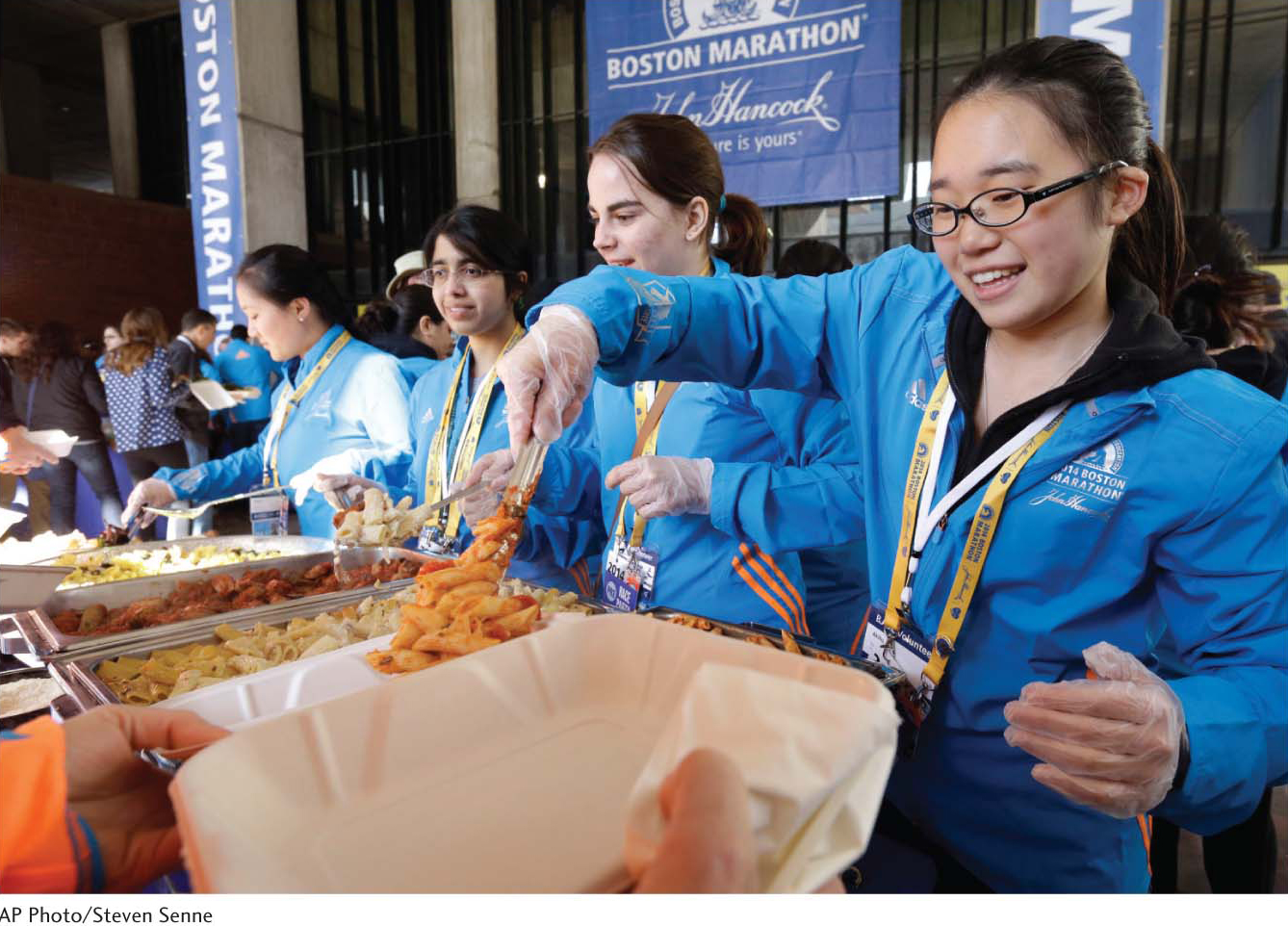Glycogen Synthesis
459
25.1 Glycogen Is Synthesized and Degraded by Different Pathways
25.2 Metabolism in Context: Glycogen Breakdown and Synthesis Are Reciprocally Regulated

As we have seen in glycolysis and gluconeogenesis, biosynthetic and degradative pathways rarely operate by precisely the same reactions in the forward and reverse directions. Glycogen metabolism provided the first known example of this important principle. Separate pathways afford much greater flexibility, both in energetics and in control.
We begin by learning about the substrate for glycogen biosynthesis and the enzymes required to synthesize this branched polymer. We then investigate how glycogen synthesis is controlled, paying particular attention to the coordinated regulation of glycogen synthesis and degradation. Finally, we see how the liver uses glycogen metabolism to maintain the required blood-